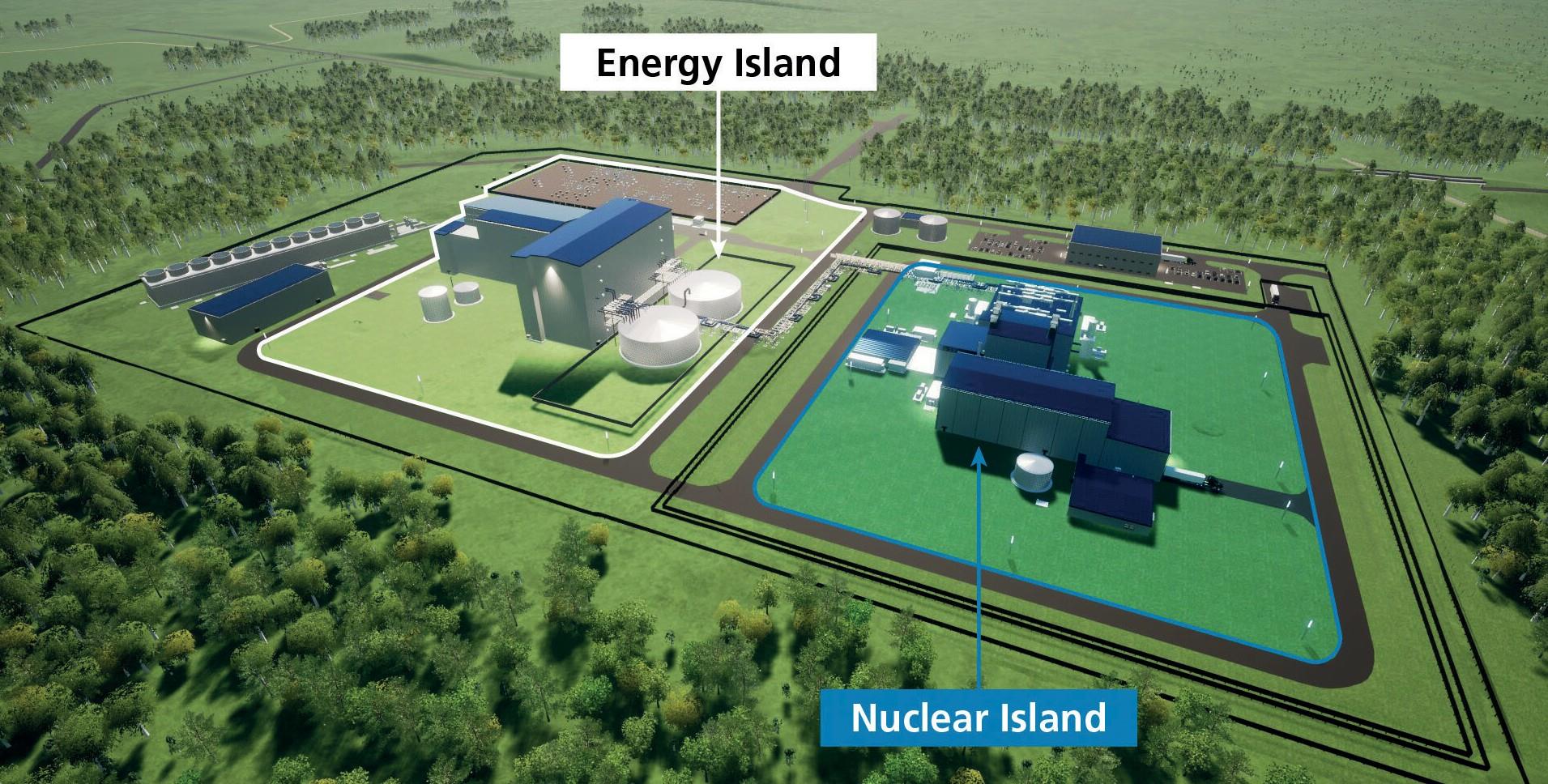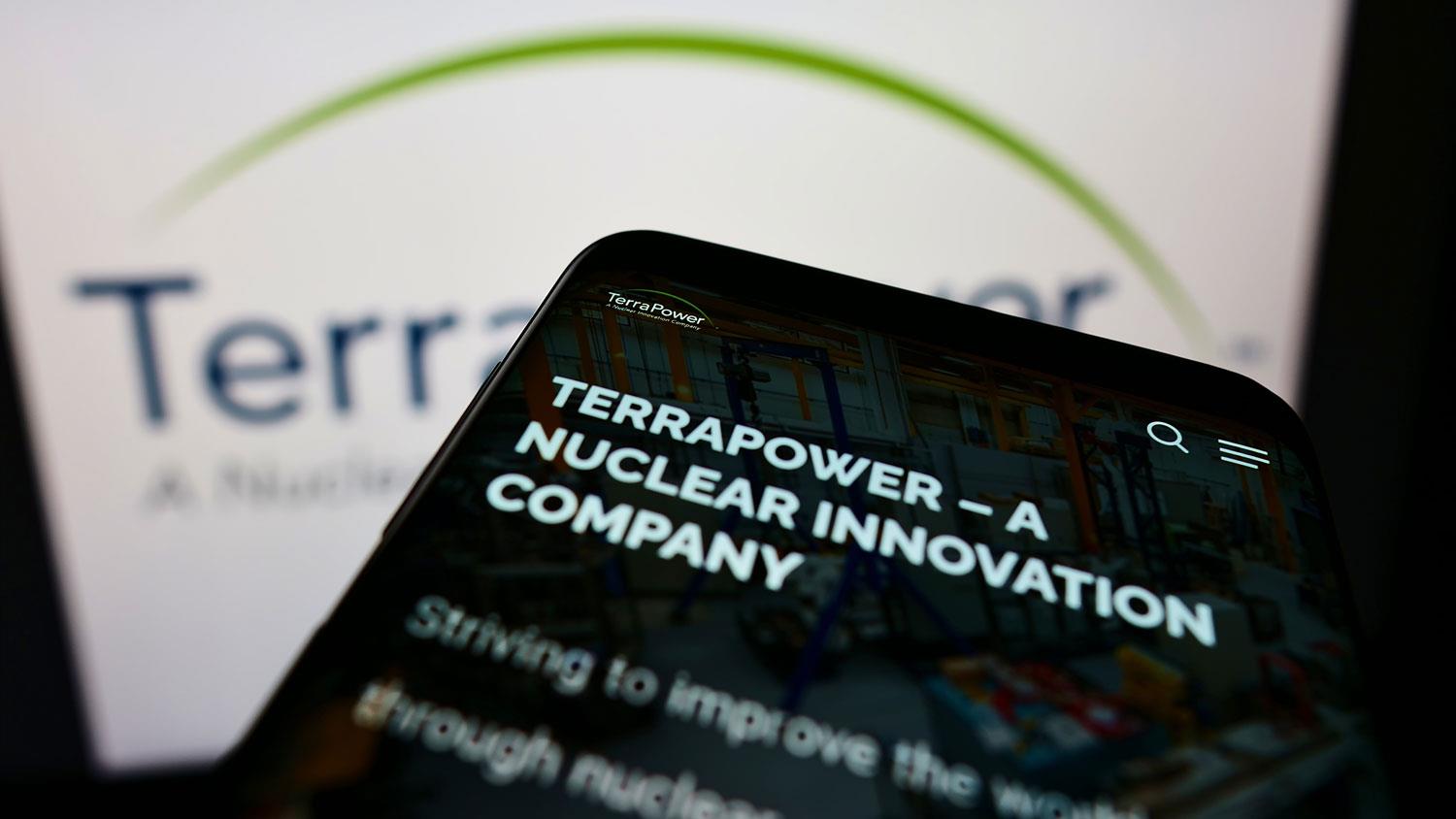CASE STUDIES > Natrium Reactor and Energy Storage Capabilities


Our reactor Natrium, and energy system can be optimised for specific markets and our technology for energy storage has been proven out in the concentrated solar industry

Jeff Miller
Director of Business Development, Terrapower
Interview

Find out more about how you can support Net Zero Nuclear.

Your email has been added to our database
Register your interest in becoming a supporter of Net Zero Nuclear, or join us as a corporate partner.
Enquire if your company wishes to join the Net Zero Nuclear Industry Pledge.
